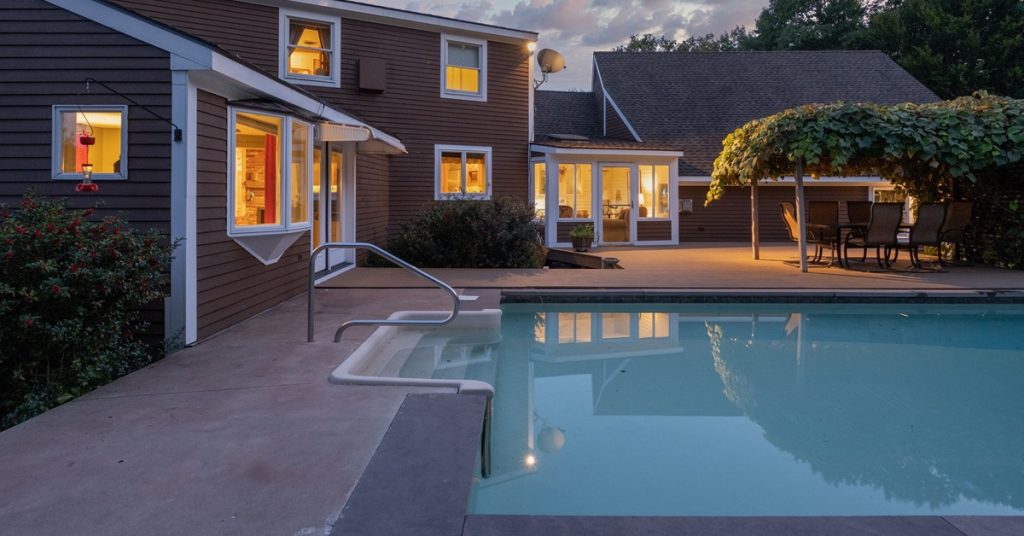Winter Pool Cover Talk
Is Your Pool Ready for Winter? The Time to Act is Now
Sure, winter feels like it is far, far away, but if you are a homeowner with an in-ground, on-ground, or semi-inground pool and don’t yet have a swimming pool safety cover, then time is running out to protect your pool.
Why? Because one of the best ways to protect your pool during winter is to install a safety cover. Not only will it help you safeguard your pool, but it’s also an investment that will extend the life of your pool. To make sure your pool safety cover arrives in time, you need to order one now.
However, that’s not the only step in winterizing your pool. There are other things you need to do to protect it from damage, especially if you live in an area with harsh winter weather.
Balancing Water Chemistry
Before you winterize your pool, it’s essential to balance the water chemistry. The pH level should be between 7.2 and 7.8, with a total alkalinity between 80 and 120 parts per million (ppm). If the pH level is too high or low, it can damage the pool’s lining, and the water can become corrosive. Balancing the water chemistry is also essential to prevent algae growth and other microorganisms that can affect the pool’s water quality. Test the water at least a week before closing your pool so that you have enough time to make necessary adjustments.
Lowering Water Levels
The next step involves reducing the water levels in your pool. The water should be lowered below the skimmer level to prevent any freezing and expansion of the water that could cause damage to the pool. If you live in an area with freezing temperatures, it’s recommended to drain the pool just below the return jets. This step is especially important for an above-ground pool. If you have an in-ground pool, then the pool should be lowered below the return fittings in order to clear all the plumbing lines of water (blowing the lines) and then once plugged, the water should be refilled to be 12” below the top of the pool deck.
Adding Winterizing Chemicals
Add winterizing chemicals to the pool to prevent the growth of algae and bacteria during the winter. The chemicals will also help keep the water clean and clear when you open the pool in the summer. The most used chemicals include chlorine, algaecide, and a winterizing chemical kit. Make sure to follow the manufacturer’s instructions when adding the chemicals to your pool. Always circulate the pool for 24 hours after adding chemicals and before shutting down your pump & filter for the off-season.
Properly Securing the Pool Safety Cover
After balancing the water chemistry, lowering the water levels, and adding the winterizing chemicals, it’s time to secure the safety cover properly. The cover should fit tightly over the pool and be able to withstand harsh winter weather conditions. Before covering the pool, check for any debris, such as leaves or twigs, and clean the pool’s strainer basket. If you have an above-ground pool, use winterizing clips to secure the cover in place. For an in-ground pool, use anchors and springs to secure a safety cover. Traditional covers can be secured using waterbags.
Winterizing your pool is crucial to protect it from the harsh winter weather and extend its life. Installing a swimming pool safety cover is one of the best ways to safeguard your pool during winter. Balancing the water chemistry, lowering the water levels, adding winterizing chemicals, and properly securing the cover are the necessary steps to winterize your pool with a safety cover. Remember to consult a professional, such as Pool Fits, if you have any questions or doubts about the winterizing process. Have a happy and safe winter season.

